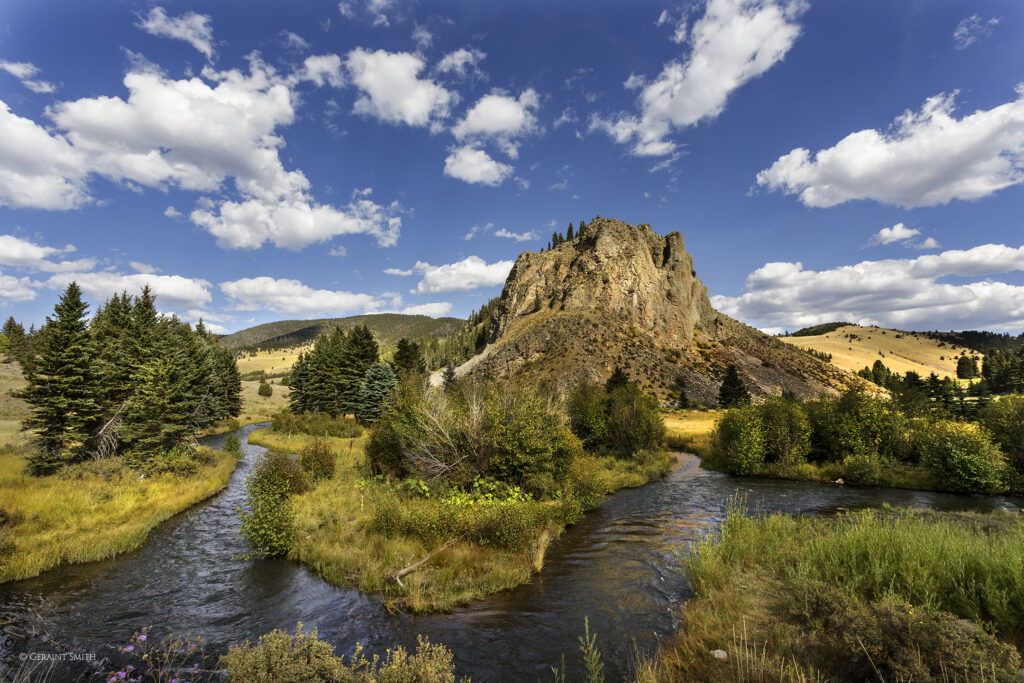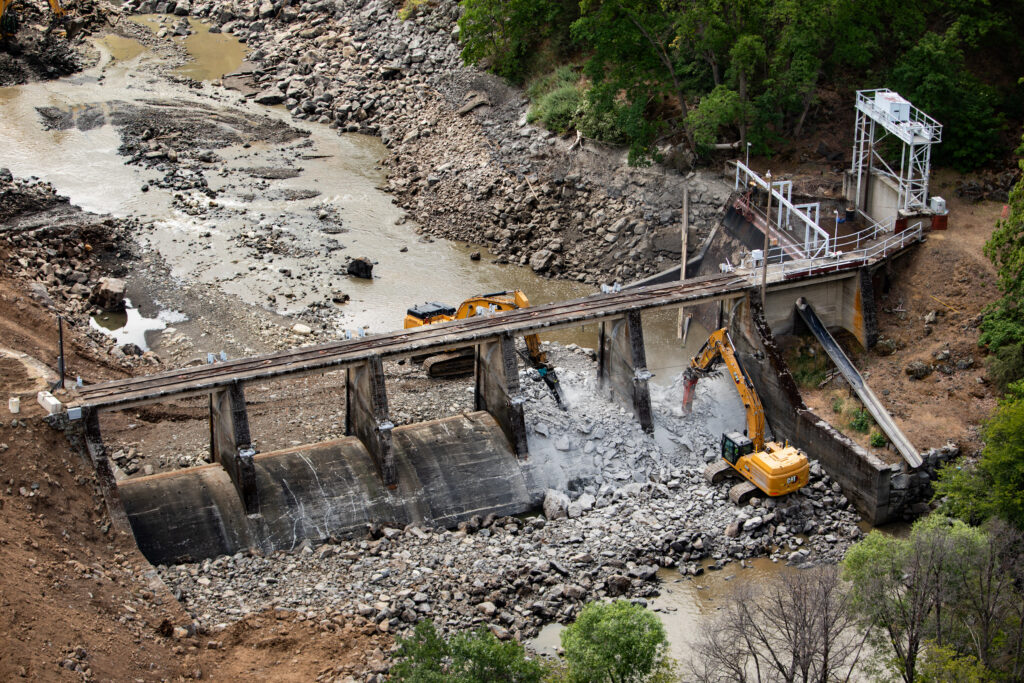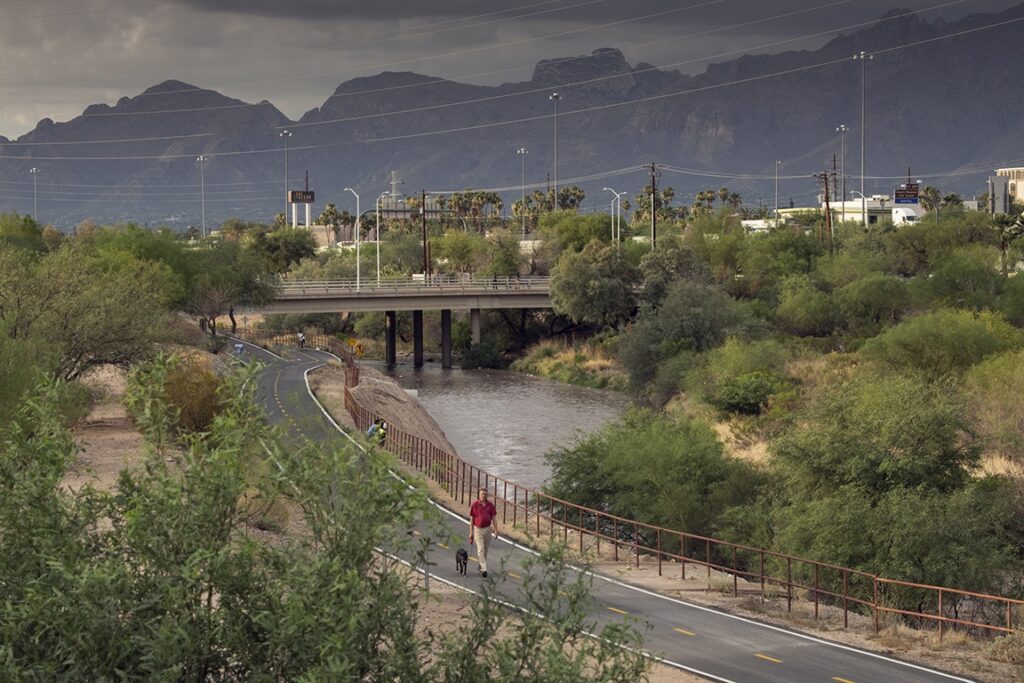
This is a guest blog written by Julie Kramer, America’s Most Endangered Rivers® of 2024 Intern
What is it about a dry riverbed that brings so many people together? To outsiders, our desert rivers may look odd, uninviting, and honestly not much like rivers at all. As a resident of Tucson, the Santa Cruz River is my home water. I’ve ridden my bike along its banks numerous times, for simple enjoyment, world-class birdwatching, learning about watershed management and city water treatment, or to commute downtown. In any given month, you might find events in and around the river with the Feminist Bird Club, Sky Island Alliance, Tucson Birthplace Open Space Coalition, and Watershed Management Group, just to name a few.
I attended a Santa Cruz River Day of Connection event in April, to clean up a small section of the river within city limits. In the past three years, I’ve participated in a few river cleanups led by just one or two organizations and the turnout was often fewer than 25 people. The current collaborative efforts of Sonoran Institute with The Wilderness Society, Tucson Clean & Beautiful, Tucson Audubon Society, Ironwood Tree Experience and others have led to much higher turnout. In other words, hundreds of people are picking up debris in a single outing, removing thousands of pounds of trash from the river.
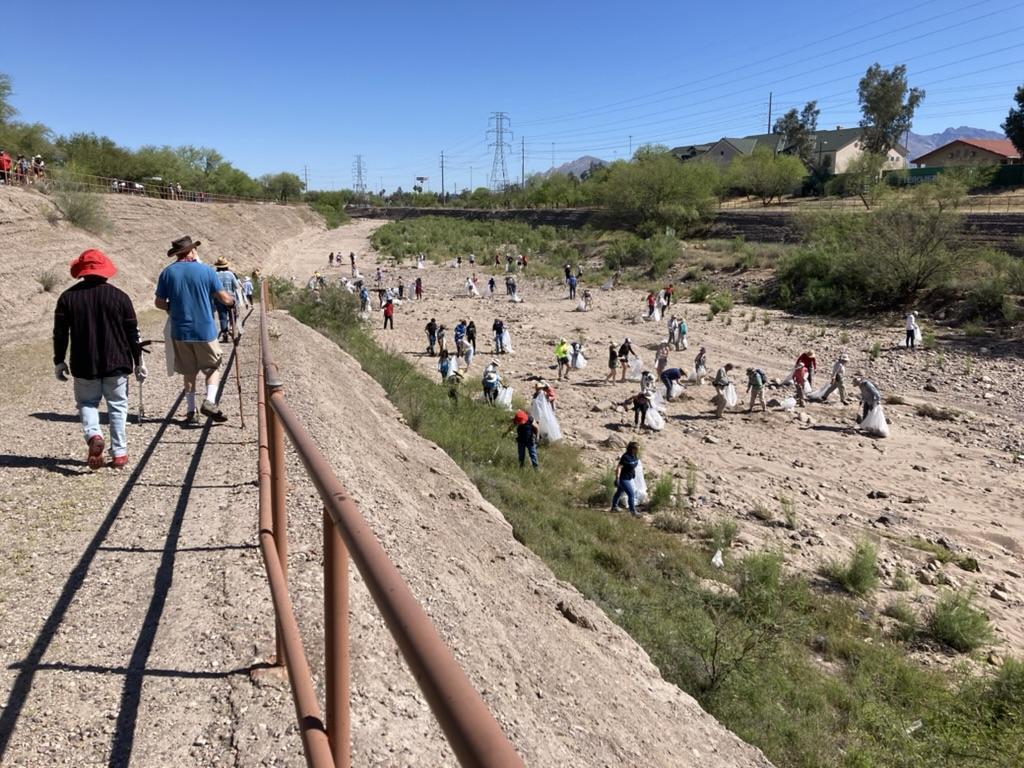
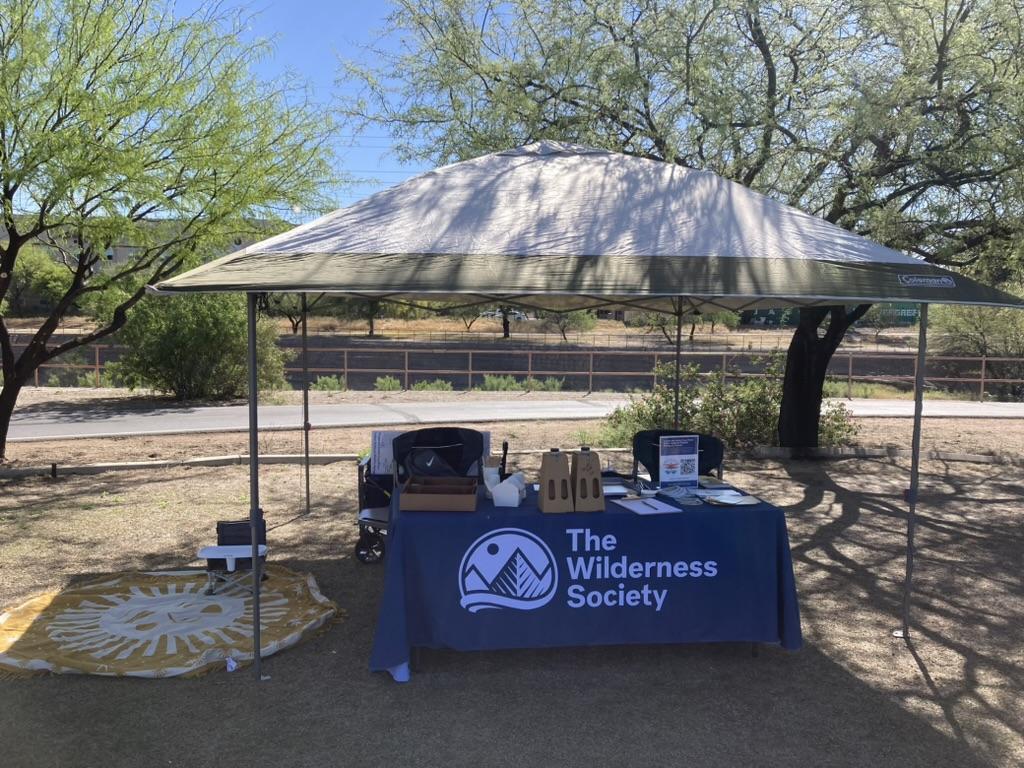
Luke Cole is Sonoran Institute’s director of the Santa Cruz River program within their Resilient Communities and Watersheds team. Starting in 2023, he began to connect a variety of local organizations to the cleanup efforts, and he added a DJ and food trucks for extra appeal. His plan is to host four of these cleanup days throughout the year, in February, April, October and December. This magic formula is not only bringing people together to clean our riverbed, but also showing what is possible on a much larger scale. Due to climate change, water scarcity and loss of federal protections, we have no time to waste in getting our river in the best shape of her life.
For thousands of years, this ribbon of water took care of the people and land of the Sonoran Desert. In turn, Indigenous tribes including the Hohokam, Pasqua Yaqui and Tohono O’odham were excellent stewards of the river. It takes an unusual path, flowing from the San Rafael Valley, into Mexico, then back across near Nogales on the border, turning north through Tucson. Outside interests like ranching and mining were first introduced to the area in the 19th century, relying heavily on the water supply. Rapid population growth and development in the 20th century increased demand for drinking water, agriculture, and industry, draining the river in a relatively short period.
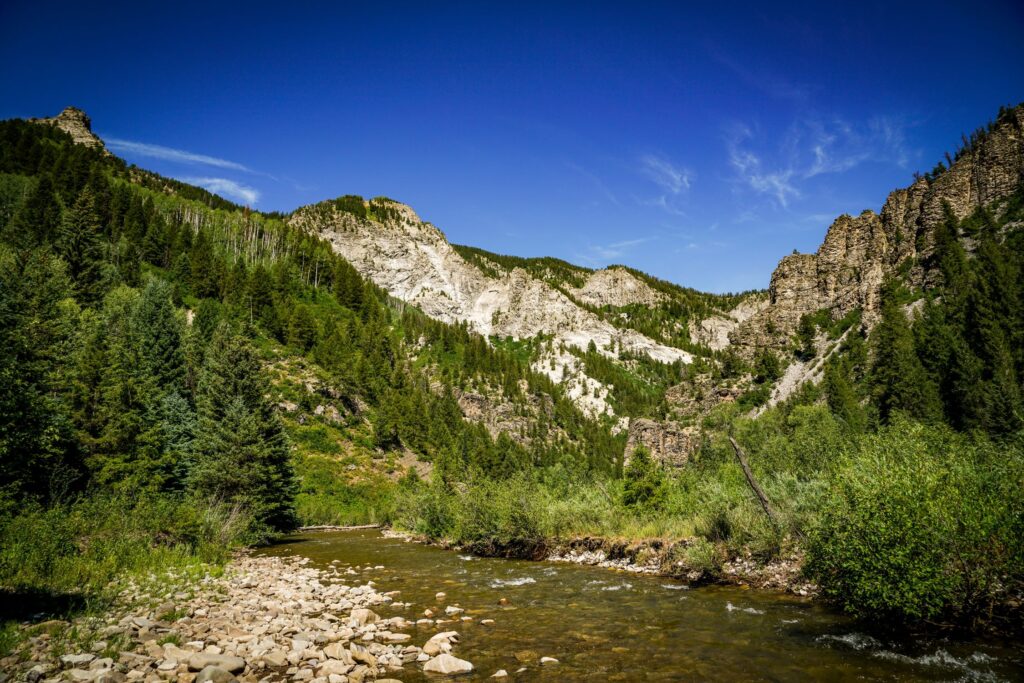
Let's stay in touch!
We’re hard at work in the Southwest for rivers and clean water. Sign up to get the most important news affecting your water and rivers delivered right to your inbox.
We bent and shaped the river to our needs, often to the detriment of nature. Slowly but surely, we are returning this land and water to some semblance of former glory. In the past few years, treated wastewater has been released into the Santa Cruz River, encouraging fish and wildlife, as well as cottonwoods, willow, and other vegetation to return to this corridor. The City of Tucson and Pima County initiated a program to discharge the recycled water and it’s already making a difference.
The Santa Cruz River lives within Pima and Santa Cruz counties, firmly ensconced in the Sonoran Desert. This region receives anywhere from 3-15 inches of rainfall per year, with both summer and winter rains. The vegetation here is the most biodiverse of all North American deserts. Within the boundaries of the Sonoran Desert, public lands currently include Organ Pipe Cactus National Monument, Cabeza Prieta National Wildlife Refuge, and Saguaro National Park. The proposal to establish more public lands in the form of an Urban National Wildlife Refuge, the first of its kind in Tucson, would help to secure the sustainability of the Santa Cruz River.
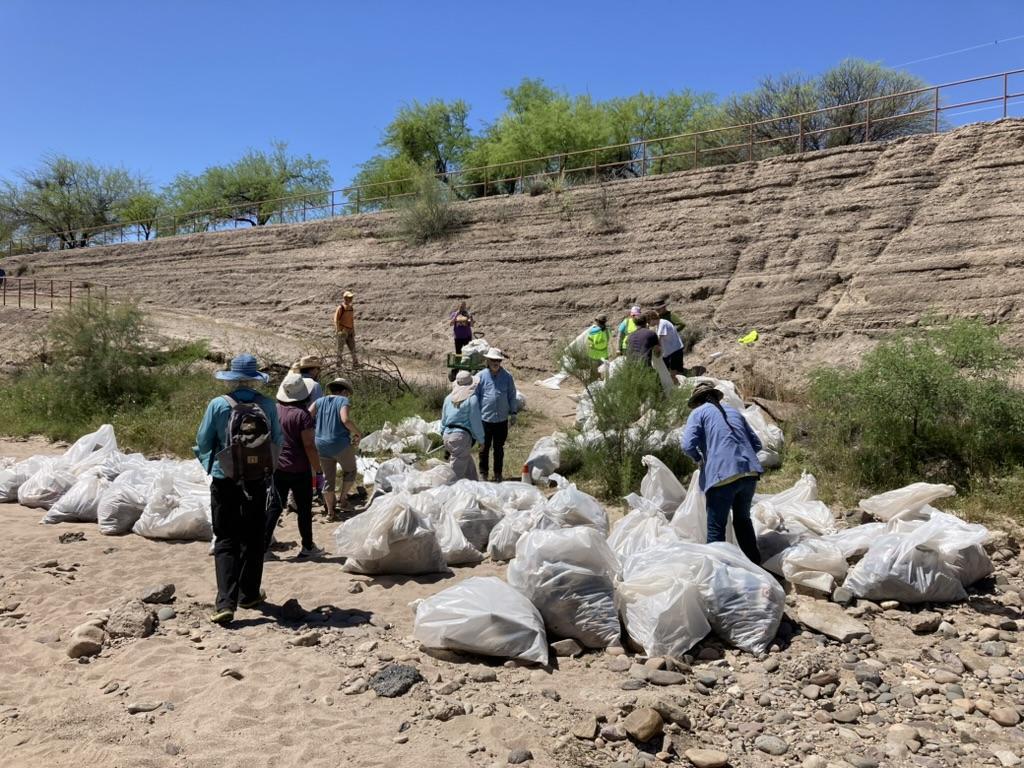
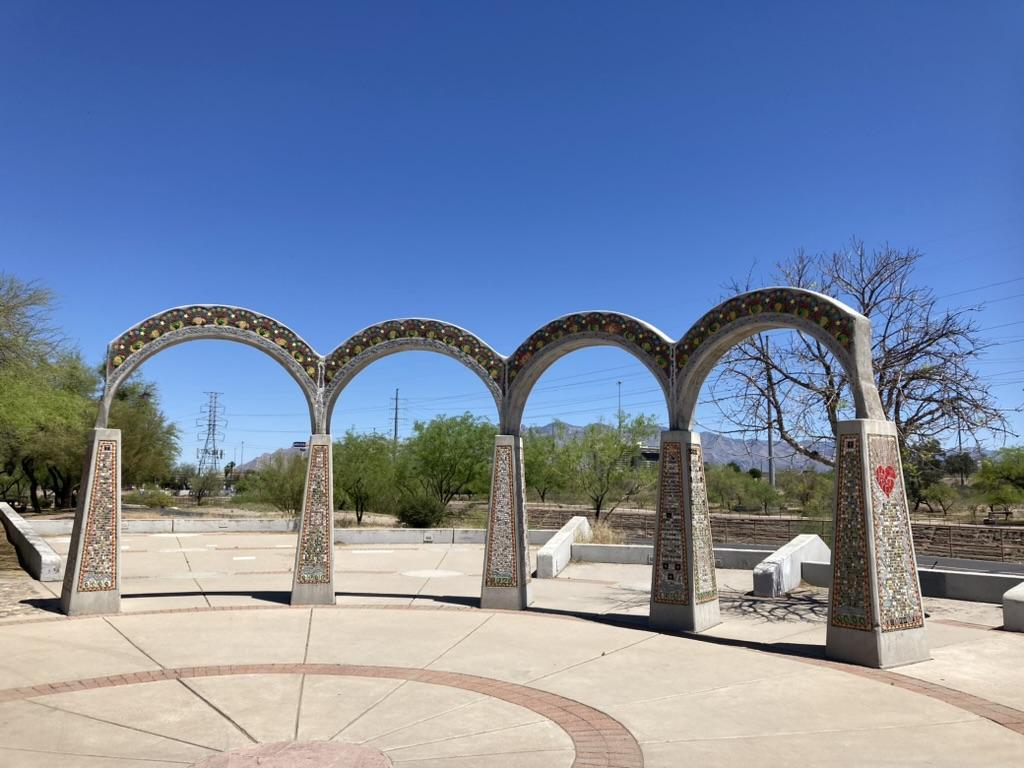
Throughout the world we have many examples of rivers that have been loved to death. In the case of the Santa Cruz River, the strong connections between residents and key regional organizations are showing that the opposite is possible, to love a river to life. I hope you’ll take action for the Santa Cruz, ensuring the future of this important waterway in the heart of the Sonoran Desert. The next cleanup events will be on Saturday, October 12th and December 14th. See you there?


